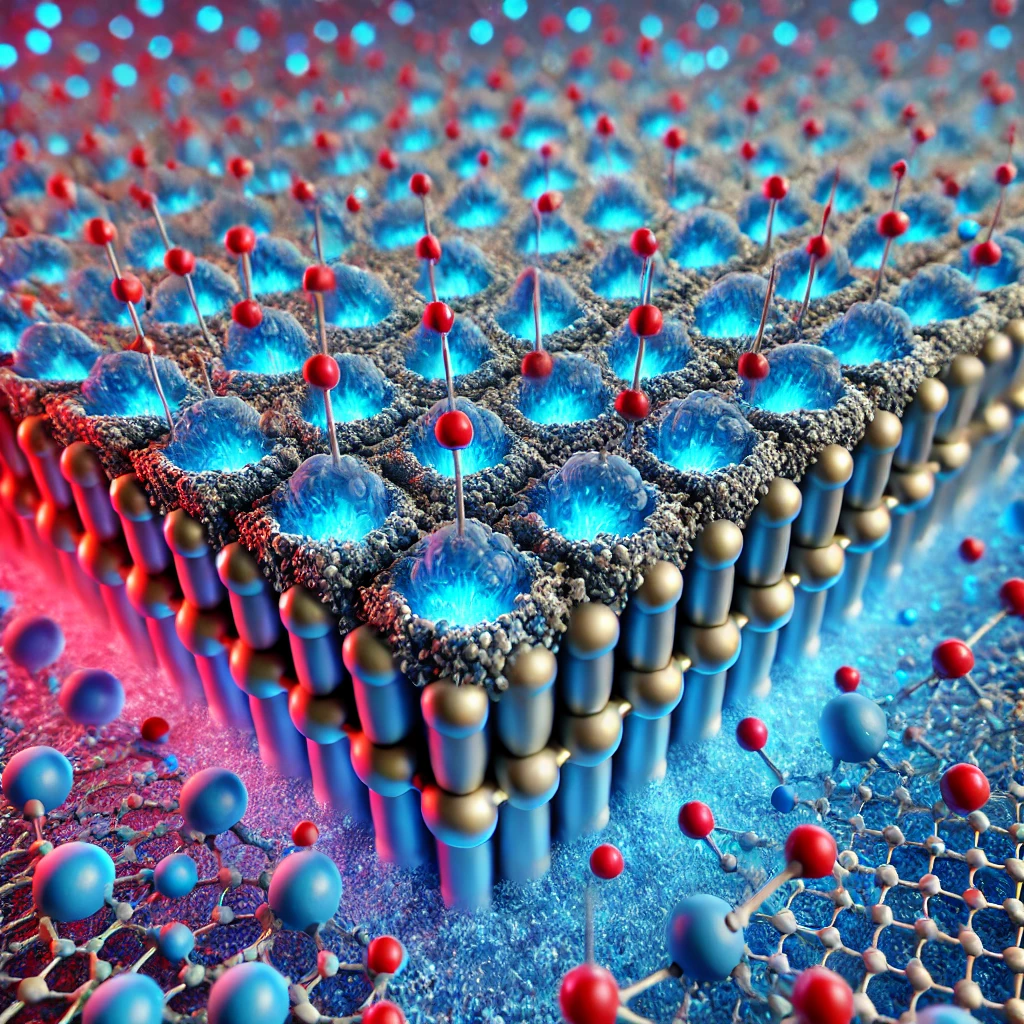
Imagine charging your smartphone in seconds or powering an electric bus in minutes instead of hours. This isn’t science fiction—it’s the reality enabled by ultracapacitors, energy storage devices that outperform conventional batteries in charge speed. But what makes them so fast?
The secret lies in fundamental physics. Unlike batteries that rely on slow chemical reactions, ultracapacitors store energy through rapid electron transfer in supercaps using electrostatic principles. Understanding the capacitor charge speed physics behind these devices reveals why they’re revolutionizing energy storage from consumer electronics to renewable energy grids.
How Energy Storage Differs: Capacitors vs. Batteries
The Chemical Limitations of Batteries
Batteries store energy through electrochemical reactions:
- Ions slowly diffuse through electrolytes
- Charge/discharge cycles degrade materials
- Energy density is high but power density low
This explains why even advanced lithium-ion batteries need 30+ minutes for an 80% charge.
The Physical Advantage of Capacitors
Ultracapacitors operate on different principles:
- Electrostatic storage – Energy held in electric fields
- Surface charge accumulation – No chemical reactions needed
- Nanoscale charge separation – Enables massive surface areas
This physical storage mechanism enables their remarkable performance.
The Physics of Ultracapacitor Charging
Charge Separation at Atomic Scales
The capacitor charge speed physics stems from:
Double-layer capacitance
- When voltage is applied, electrons accumulate on one electrode
- Ions in electrolyte align at the electrode surface
- Creates nanometer-scale charge separation
No diffusion limitations
- Unlike batteries, no ions need to migrate through bulk materials
- Charge movement occurs at nearly the speed of light
The Role of Electrode Design
Modern supercapacitors achieve high capacity through:
- Porous carbon electrodes (surface areas >2000 m²/g)
- Atomic-layer deposition of conductive materials
- Graphene-enhanced architectures
These innovations maximize the surface area for electron transfer in supercaps.
Real-World Advantages of Fast Charging
Applications Where Speed Matters
- Electric vehicles – Buses can charge in 15 seconds at stops
- Grid stabilization – Instantaneous response to demand spikes
- Industrial equipment – Cranes recover braking energy efficiently
Technical Limitations to Consider
- Lower energy density than batteries
- Faster self-discharge rates
- Voltage limitations per cell
Emerging Innovations
Hybrid Systems
Combining ultracapacitors with batteries:
- Capacitors handle rapid charge/discharge
- Batteries provide sustained energy
- Extends lifespan of both systems
New Materials
Research frontiers include:
- MXene-based electrodes
- Conductive metal-organic frameworks
- Bio-inspired porous structures
Final Wording
The physics behind ultracapacitors—particularly their reliance on electrostatic electron transfer in supercaps rather than chemical reactions—explains their unmatched charging speed. While they can’t yet replace batteries for all applications, understanding this capacitor charge speed physics helps engineers deploy them where their rapid energy transfer provides maximum benefit.
As material science advances, we’re approaching a future where waiting hours to charge devices becomes obsolete. For engineers and product designers, the message is clear: where speed matters, ultracapacitors offer physics-based solutions that batteries simply can’t match.





